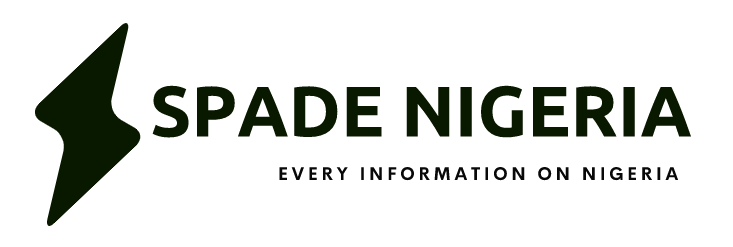Reports show that a coup is unfolding in the Republic of Congo.
The nation’s President, Denis Sassou Nguesso, is said to be in New York, United States to attend the United Nations General Assembly.
No one yet knows who is behind the coup but local media on Sunday pointed to the commander of the Presidential guard.
If confirmed, this will be the third coup in Africa in less than a year. The first was was in Niger and then Gabon.
The August coup in Gabon overthrew President Ali Bongo Ondimba who, with his father, ruled Gabon for over fifty years.
Out of the 486 attempted or successful military coups carried globally since 1950, Africa accounts for the largest number with 214, of which at least 106 have been successful.
The Republic of the Congo is situated astride the Equator in west-central Africa.
Officially known as the Republic of the Congo, the country is often called Congo (Brazzaville), with its capital added parenthetically, to distinguish it from neighbouring Democratic Republic of the Congo, which is often referred to by its acronym, the DRC, or called Congo (Kinshasa).
Sassou-Nguesso is yet to speak out on the development in the Republic of Congo.
Sassou-Nguesso joined the army in 1960. In 1962 he was sent to Algeria for reserve officer training.
Later he attended the Infantry School in France. He then returned to Congo to join and lead an elite paratroop regiment.
In 1963 Sassou-Nguesso was appointed commander of military forces in Brazzaville.
Sassou-Nguesso helped form the Congolese Labor party with Marien Ngouabi in 1969. The party was Marxist-Leninist.
That same year he was part of a military coup that ousted President Massemaba Debat and installed Ngouabi as president. On May 18, 1973, Sassou-Nguesso, was made Director of the State’s Security and Minister of Defense. He was 32 years old at the time.
On March 18, 1977 Ngouabi was assassinated. The army took control of the government and, after some internal squabbles, Sassou-Nguesso was appointed president on February 8, 1979.
On July 8, 1979 elections were held and Sassou-Nguesso was elected president. He was re-elected in 1984 and 1989.
With pressure from Western countries, opposition parties were legalised in1990.
In the 1992 presidential election, Sassou-Nguesso was eliminated in the first round.
Pascal Lassouba was elected president. After parliamentary elections in 1993, fighting broke out between militias loyal to Lassouba and Sassou-Nguesso. This civil war lasted until December 1995. Over 2,000 Congolese were killed and 100,000 displaced during the conflict.
Civil war broke out again in 1997 between Lassouba and Sassou-Nguesso supporters. With the help of Angolan troops, Sassou-Nguesso was victorious.
He was sworn in as president on October 25, 1997. However, fighting continued until 1999. Thousands died and over 800.000 were displaced.
A presidential election was held in 1992 and Sassou-Nguesso was re-elected again in 2009.
In 2015 the constitution was changed to allow him to run for a third term. In the March 2016 election, he was re-elected but many observers believed the election process was unfair.
In 2021 Sassou-Nguesso he was elected for another five-year term. His regime has been accused of corruption.

